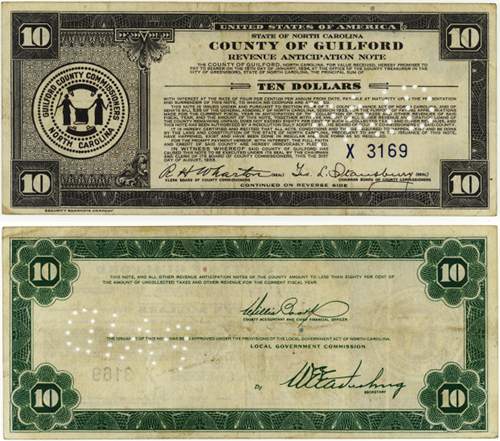By: Handini
While most antebellum obsolete notes are unlisted in Haxby because they were issued by merchants, and companies which were not banks, the Somerset And Worcester Savings Bank of Salisbury, Maryland, is not found in Haxby. Oddly enough however, they can be found listed in Criswell. These are not the scarcest obsolete notes, judging by their current values, so it's kind of unusual for it to have been left out of Haxby.
Nevertheless, Criswell reports denominations of $1, $2, $3, and $5. These produce 8 varieties, two of each denomination. Each of these denominations can be found in either red and black or green and black. Criswell's catalog numbers are as follows:
Denomination Green and Black Red and Black
$1 S-701 S-704
$2 S-708 S-711
$3 S-714 S-716
$5 S-720 S-722
Shown below, however is a $5 note from the Somerset And Worcester Savings Bank from 1862 that lacks a green Five or a red Five. Hence, there are also unlisted varieties without the green or red overprint. While notes with a red or green overprint are more "common" and readily available in uncirculated condition, the all black variety as shown below is scarcer.
$5 Somerset And Worcester Savings Bank, Salisbury, MD (1862)
Image Contribution: Handini



















